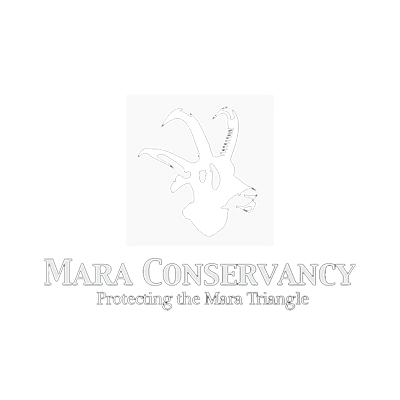The conservation organizations listed below all share a common goal: to ensure the sustainability of the Maasai Mara ecosystem for future generations. Each entry fee for the Greatest Maasai Mara Photographer of the Year is donated in full to one of these reputable organizations.

Angama Foundation
DOING WELL BY DOING GOOD
Supporting education, healthcare and conservation initiatives on the western edge of the Maasai Mara, atop the Oloololo escarpment and in the Mara Triangle below, the Angama Foundation was founded on Benjamin Franklin’s popular mantra of “Doing Well by Doing Good”. Funded by small nightly contributions from guests, the work of the Foundation illustrates the effect that high-yield, low-impact tourism businesses can play in developing rural economies, making meaningful and sustainable differences to the communities that neighbour a lodge.
Entry fees donated to the Angama Foundation have been used for
used to fund ongoing investment in preschools, classrooms and other school infrastructure, and to provide access to water for local communities.

Anne K Taylor Fund
ALLEVIATING HUMAN–WILDLIFE CONFLICT
The Anne K. Taylor Fund (AKTF) works to protect Kenya’s wildlife and to enhance the lives of the local communities who share their land. AKTF supports projects that maintain the delicate balance between conservation and community development within the Maasai Mara ecosystem. Its approach to community development and wildlife conservation involves three projects: anti-poaching and wildlife rescue patrols, community education and women’s empowerment.
In 2022, ATKF patrolled the Maasai Mara, removing more than 200 poaching snares from protected areas, rescuing 13 animals injured by poachers and helping to arrest poachers. Predator-proof bomas were installed to help local herders protect livestock and de-incentivise retaliation against lions and leopards. School infrastructure was built and repaired, while AKTF oversaw the establishment of a seedling nursery project at its schools.

Mara Conservancy
PROTECTING THE MARA TRIANGLE
Exercising a transparent and accountable approach, the Mara Conservancy manages the portion of the Maasai Mara west of the Mara River – known as the Mara Triangle – ensuring its prosperity for generations to come.
Entry fees donated to the Mara Conservancy will be used to support existing operations — including anti-poaching and de-snaring patrols within the Mara Triangle — and increasing the number of game scouts in neighbouring communities.

Mara Elephant Project
PROTECTING THE PACHYDERMS
In 2021, Mara Elephant Project (MEP) celebrated a decade of protecting elephants and their habitats across the Greater Mara Ecosystem. While poaching emerged as the number one threat to elephants when MEP began, now, the expansion of the human footprint resulting in increased conflict and habitat is the crisis the Mara faces. To combat this, MEP focuses on the four pillars of protection: elephants, habitats, communities and connectivity with the vision of seeing a stable elephant population co-existing peacefully with people across the Mara.
In 2022, MEP’s community rangers and researchers, alongside government partners, continued to increase protection for the four key pillars. This included arrests, confiscation of ivory and bushmeat and the removal of snares, to name a few. A total of 114 conflict incidents were mitigated, while a kitchen garden has been planted for the testing of 35 crops for predation at the MEP Co-Existence Farm. MEP has also launched Ecoscope, a bespoke technology to analyse conservation data and create outputs that can be turned into action, which has been made open source for other conservation organisation’s utilisation.

The Sheldrick Wildlife Trust
KENYA’S MOBILE VETERINARY SAVIOURS
Sheldrick Wildlife Trust is a global leader in elephant conservation and one of Africa’s most established wildlife charities. Founded in 1977 by Dame Daphne Sheldrick, it is best known for its pioneering work rescuing orphaned elephants and reintegrating them back into the wild. Over the year, the Trust has evolved into a multi-dimensional conservation body, tackling the greatest threats facing Kenya’s natural world and engaging local communities in the the process. It has successfully raised over 260 orphaned elephants through its renowned Orphans’ Project, while its habitat preservation programmes and anti-poaching, aerial surveillance and mobile veterinary units secure a future for all manner of wildlife.
In the last year, Kenya has been grappling with its worst drought in decades and Sheldrick Wildlife Trust has worked to provide emergency support across the country. Funds raised through the competition have been used for activities such as supplemental food and water for wildlife, community food donations, life-saving operations to treat and rescue wildlife, fighting fires in conservation areas and more. In 2022 alone, the Trust rescued more orphaned elephants than the previous five years combined.

The MAA Trust
SUSTAINABLE COMMUNITY DEVELOPMENT
Working in partnership with Maasai-owned conservancies to the north of the reserve, the Maa Trust aims to improve the lives of local Maasai families in an environmentally sustainable way, through a variety of projects which include schools, honey production, conservation education, beadwork, water and sanitation, health clinics and bursary programs.
Entry fees donated to The Maa Trust will be used to support local Maasai children by addressing the root causes of girls dropping out of school, and career counselling for the youth.


